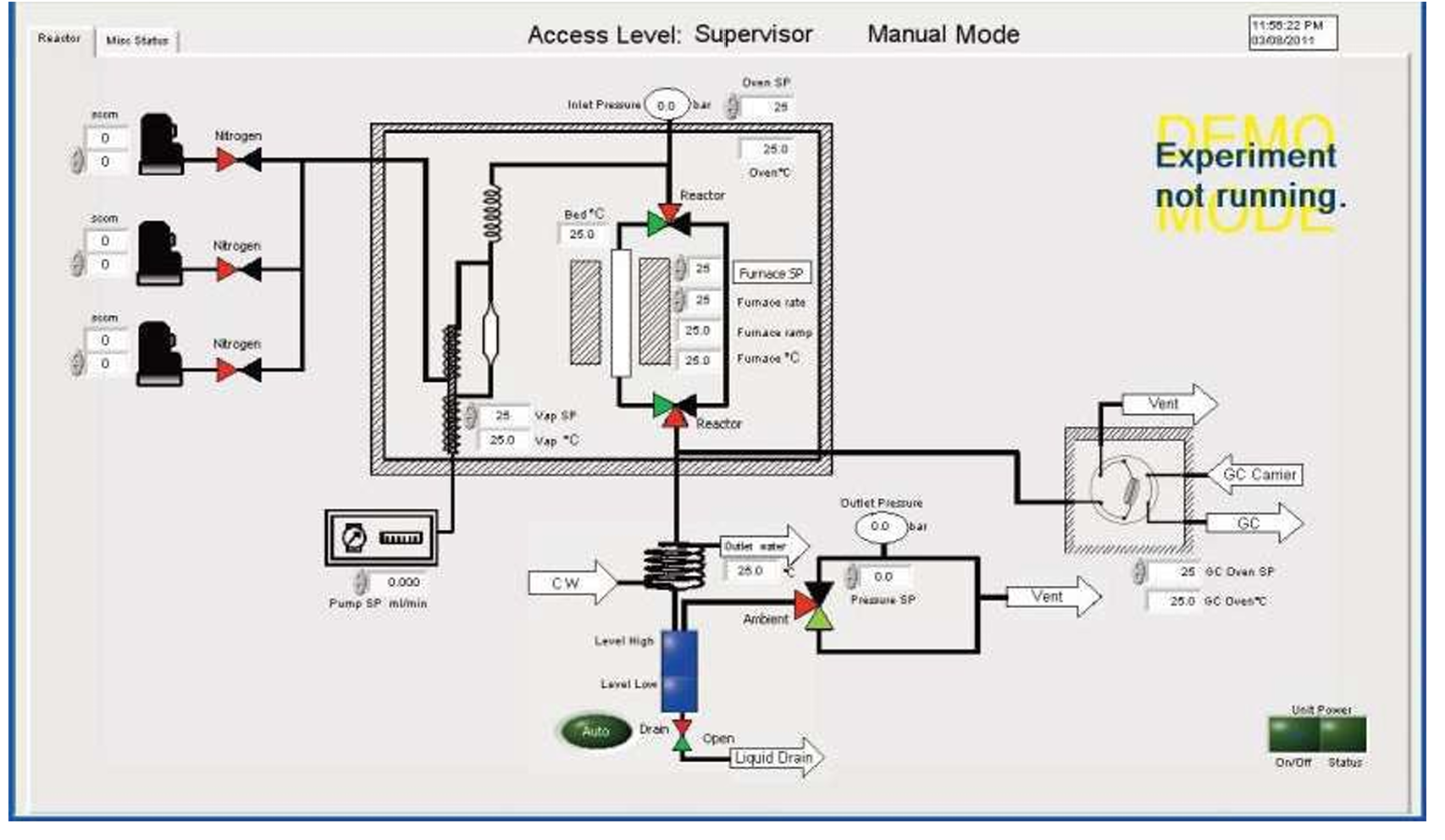- The μBenchCAT by Advanced Measurement Instruments (AMI) is a fully integrated, bench-top reactor system designed for comprehensive catalytic studies. Engineered for both gas-phase and liquid-phase reactions, it combines all essential components into a compact, automated platform—ideal for academic, industrial, and R&D environments.
- With a variety of configurable options, the μBenchCAT offers exceptional flexibility, making it suitable for a wide range of applications, from catalyst screening and reaction kinetics to long-term stability testing and performance evaluation under real-world conditions.
Advanced Measurement Instruments
Copyright 2004–2024 ami-instruments.com

 Products
Products
 Products
Products


 TEL: +1 262-877-3600
TEL: +1 262-877-3600
 EMAIL:sales@ami-instruments.com
EMAIL:sales@ami-instruments.com